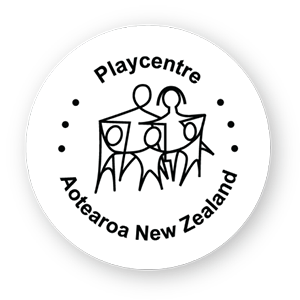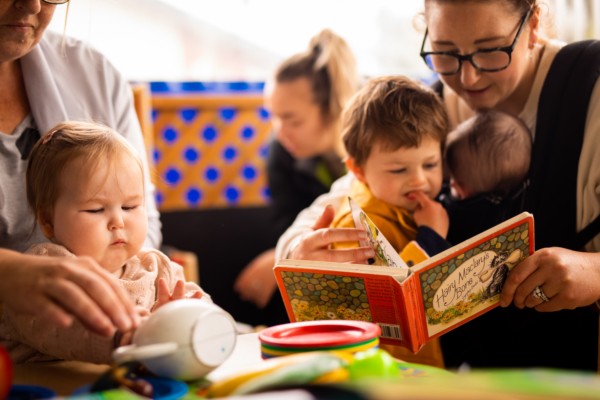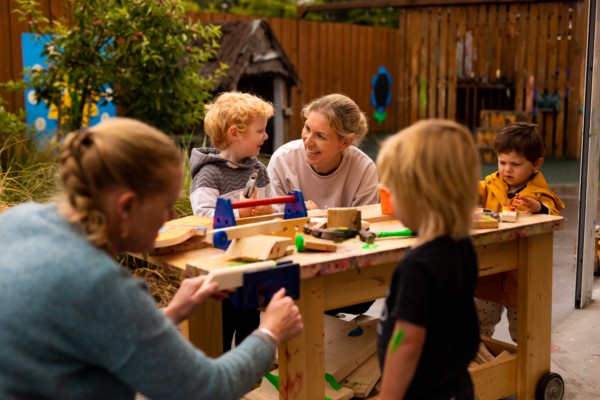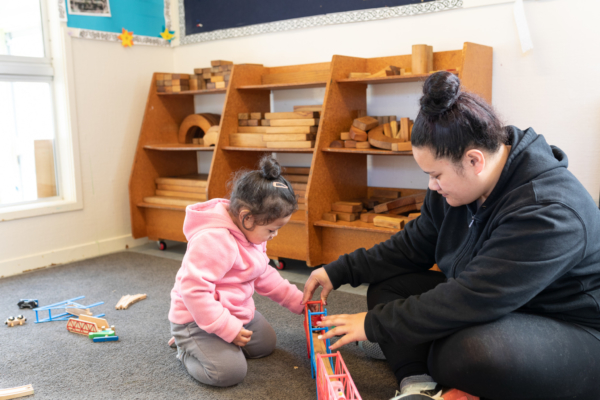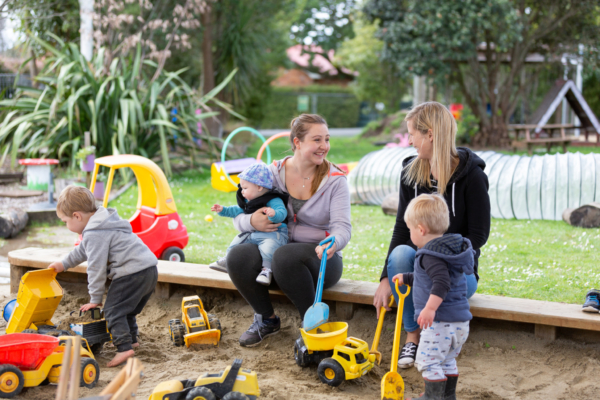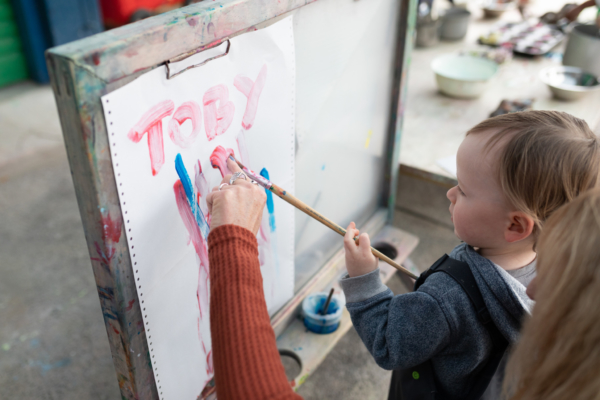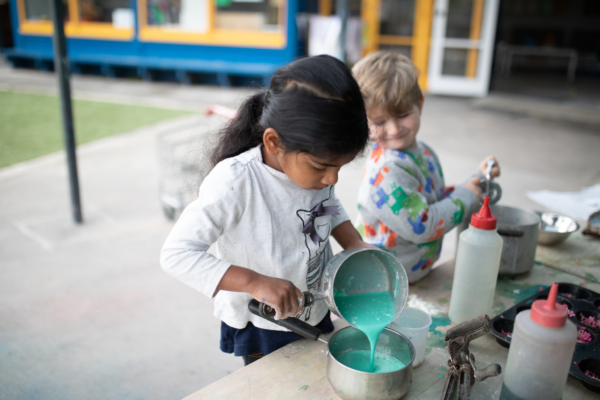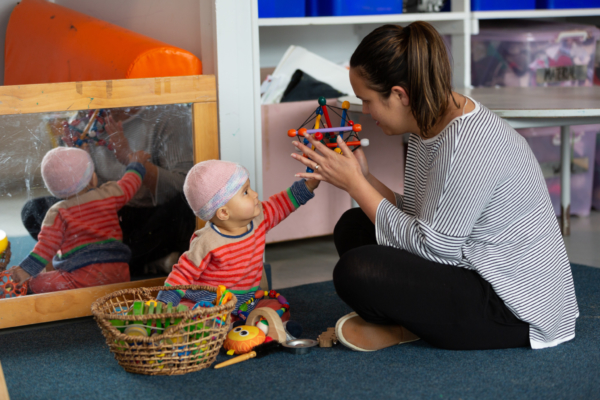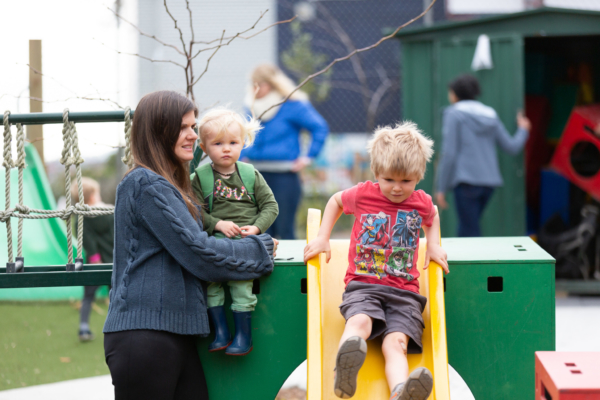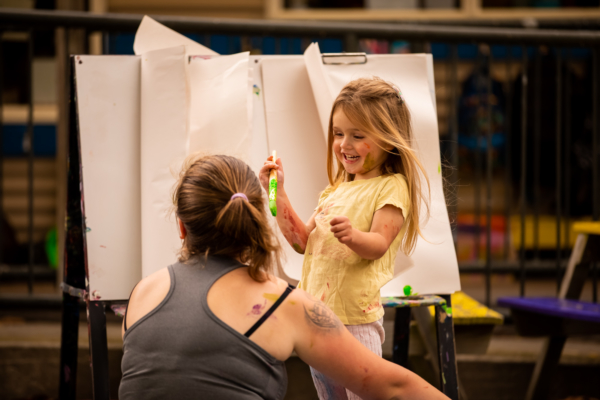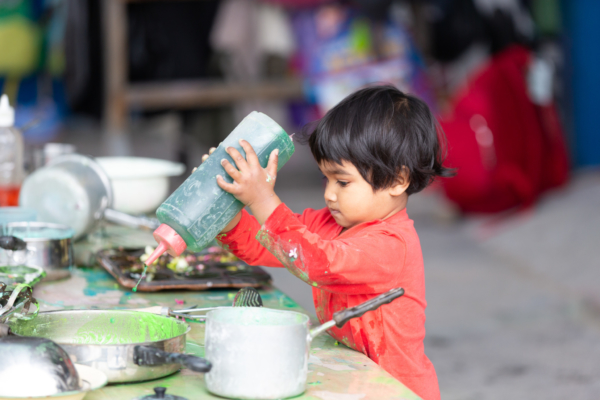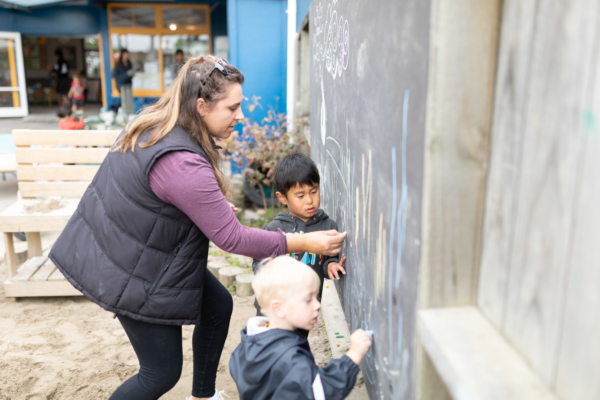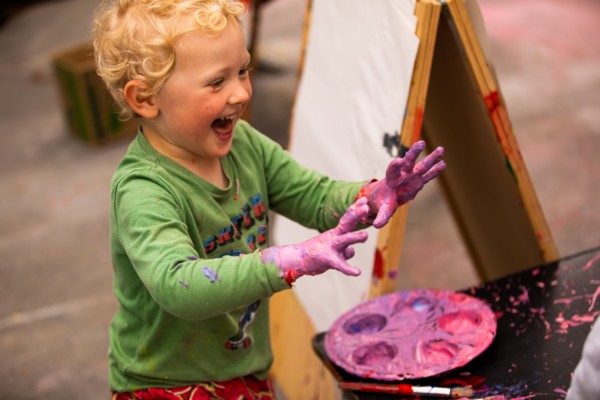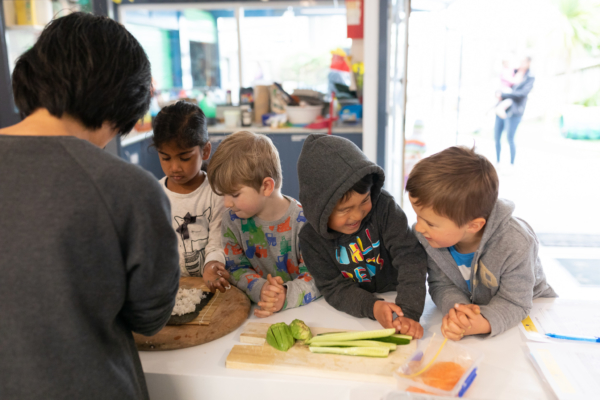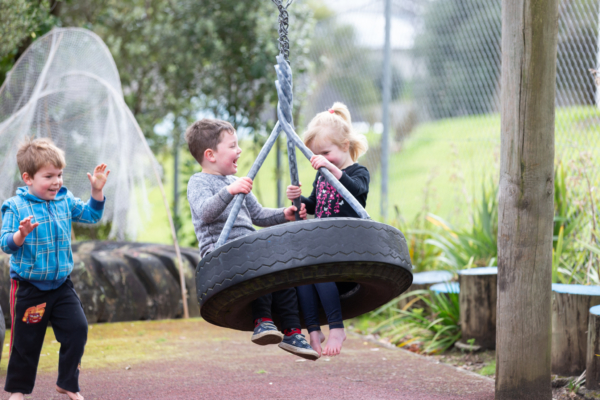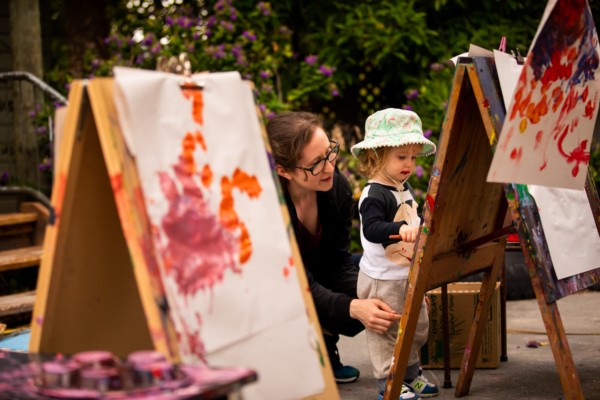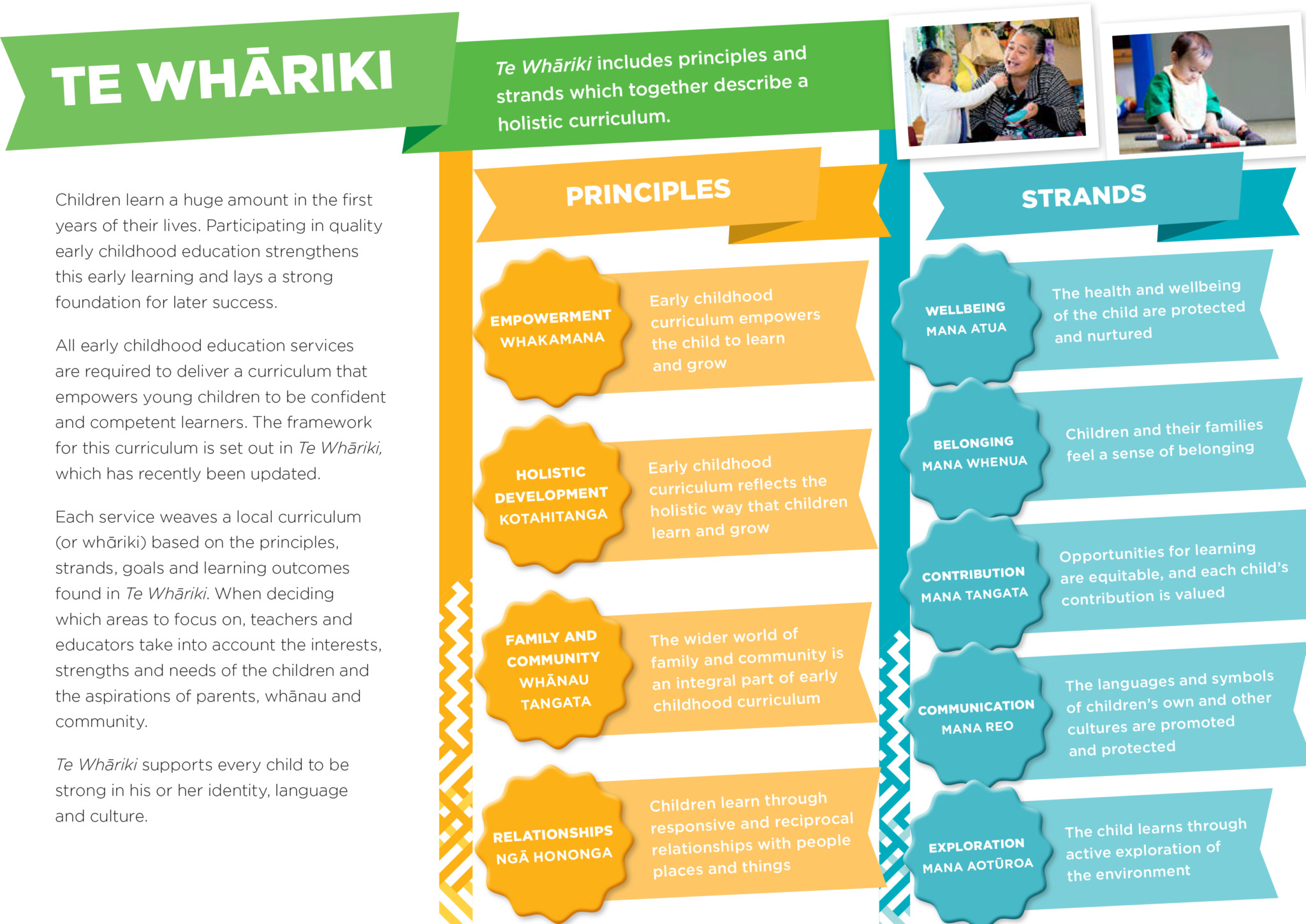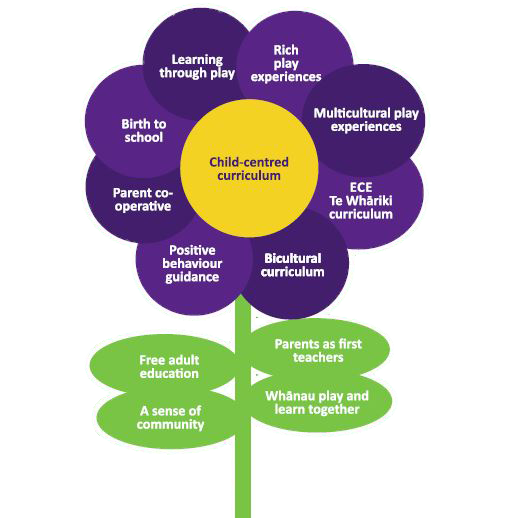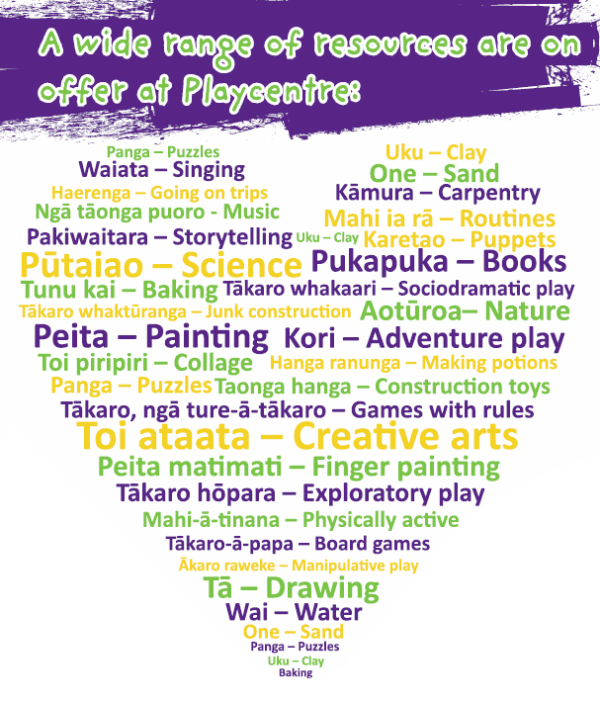Playcentre curriculum
Our name says it all – at Playcentre, play is at the centre of our children’s learning. For 80 years, Playcentre has been offering tamariki the opportunity to learn and grow in a child-led play-based learning environment. Recent research confirms the importance of play in the early years.
Playcentre follows New Zealand’s world-leading, research-driven bicultural curriculum for early childhood education, Te Whāriki, as well as integrating a local curriculum that includes the stories of the local people, places and environment. By offering a rich array of resources and experiences to support and inspire their play, Playcentre embraces child-led free play as the way that young children learn best.
Te Whāriki is the national curriculum for children from birth to school entry and is used in Playcentre as well as all other ECE services. Underpinning Te Whāriki is the vision that children are competent and confident learners and communicators, healthy in mind, body and spirit, secure in their sense of belonging and in the knowledge that they make a valued contribution to society.
Whānau at Playcentre weave together the principles and strands in Te Whāriki alongside a rich local curriculum to create a holistic, child-centered, unique curriculum for their tamariki and their whānau. Adults at Playcentre are supported to learn more about children’s learning and development in order to grow their skills as kaiako (educators). Playcentre values parents and whānau as being important kaiako in their children’s learning.
Following New Zealand’s world-leading, research-driven curriculum for early childhood education, Te Whāriki, Playcentre embraces child-led free play as the way that young children learn best, offering a rich array of resources and experiences to support and inspire their play.
Invitations to play
At Playcentre we offer a rich range of play resources to set up interesting and compelling invitations to play for tamariki every session.
Simply stated, an invitation to play is intentionally and thoughtfully arranging the environment so that it invites young children to explore, investigate, experiment and create.

